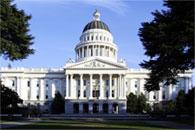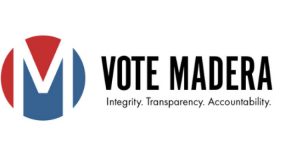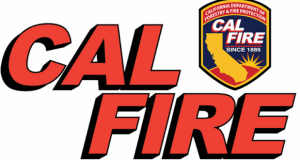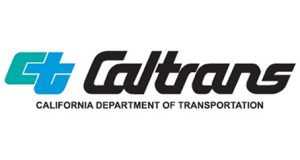CALIFORNIA – There are currently three bills in the California Legislature, seeking to overturn what has become known as the Rural Fire Fee, which requires property owners in designated State Responsibility Areas to pay up to $150 annually per habitable structure, to the State Board of Equalization for fire prevention.
Assembly Bill (AB) 124, whose co-sponsors include newly elected Assemblymember from District 5 Frank Bigelow; AB 23, sponsored by Assemblymember Tim Donnelly, District 33; and SB 17, sponsored by Senator Ted Gaines, all seek to repeal the section of the Public Resources Code establishing the fire prevention fee.
Previous attempts to repeal the fee, which is believed by many to be an illegal tax, have failed to garner the needed support. But those opposed to the Rural Fire Fee are not giving up the fight.
The Howard Jarvis Taxpayers Association filed suit in October 2012, challenging the constitutionality of the fee on the grounds it is really a tax that needed a two-thirds vote in the Legislature to pass, but garnered only a bare majority and therefore never became law.
While the Legislature wrestles with the issues, and lawsuits work their way through the courts, the Governor’s Office is working on their proposed budget for the next year, and lining out what they will do with the new revenues collected from over 800,000 property owners across California.
At a Town Hall Meeting, hosted by District 5 Supervisor Tom Wheeler on Jan. 31 in Oakhurst, Cal Fire Batallion Chief Chris Christopherson talked about where some of these dollars would be spent.
“There are details in the governor’s proposed budget, lining out where every dollar will go,” said Christopherson.
One of Cal Fire’s large programs, which has taken hits due to the budget cuts of previous years, is the Vegetation Management Program (VMP), he said.
“The VMP gives Cal Fire the opportunity to go out and do controlled burning on private lands to minimize the fire impact on areas in the foothills,” said Christopherson.
These controlled burns can also be effective in controlling invasive species and enhancing the environment for habitat, says Cal Fire Information Officer Daniel Berlant, who notes that additional funding for the program is being requested in the new budget.
At the Town Hall meeting, Christopherson pointed out that with the expensive and lengthy environmental reviews for these projects, it can take a minimum of one to two years to do a single program. Then, he says, the property owner must pay the air pollution fees on top of what Cal Fire is paying.
“It’s a very expensive program,” says Christopherson, “but the benefits far outweigh the expense because of the reduction of those flammable overgrown areas around homes.”
Christopherson also discussed Senate Bill 1241 which requires cities and counties to adopt a comprehensive, long-term general plan that provides protection for communities from unreasonable risks associated with, among other things, wildland and urban fires.
SRA fees would be used to hire employees to work with the planning departments of each county to ensure that their general plan and any new developments meet the fire code requirements, says Christopherson. He notes that the proposed budget has designated some $11.712 million for this project.
“Before any new development can go forward, they will go through a plan check process with Cal Fire employees who are specifically trained in this area,” said Christopherson. “We’ll make sure that all the fire mitigation measures are built into that development, so we don’t have problems down the road.”
He lined out other proposals for the distribution of revenues from the Rural Fire Fee, including $1.7 million toward recovering the cost of fighting fires caused by negligence, additional funding for resource management programs to reduce fire danger in the state forests, and mandated funding for the oversight program for the Aboveground Petroleum Storage Act, in Cal Fire’s role as State Fire Marshall.
“The Emergency Fund is probably the one that will benefit everyone the most,” says Christopherson. “It pays for the expenses for equipment and personnel needed to fight fires in California.”
The Emergency Fund helps take the burden off local agencies who have jurisdiction when fires happen in their area, by picking up those costs, says Christopherson.
When small fire departments respond with engines and personnel to assist in large fire incidents, Cal Fire reimburses them for the extra expenses incurred through the Emergency Fund, according to Cal Fire Information Officer Barlant.
Chistopherson adds that a large amount of SRA monies will be going back into the Emergency Fund to help offset the deficits of the past several years due to the cost of fighting some very large fires in California.




